I believe I am a miracle worker. Here’s my proof:
In one carry-on suitcase and one personal item, I packed for nine weeks in India.
This was no backpacking trip. My small suitcase contained clothing and supplies for yoga teaching, formal dinners and snowy trekking, with temperatures from 105º to 20ºF.
Notable inclusions: a silk saree and gold sandals, 15 kurtas (modest Indian-style blouses), audio recording equipment, 36 pairs of cork Sarga massage balls, hiking boots, a pair of trekking poles and two months’ worth of Four Sigmatic reishi extract.
How did I get everything to fit?
Two solutions: KonMari-style folding and Aloha Collection zipper pouches.
While not every trip is as epic as the India adventure I just described, these two simple solutions have streamlined my packing for every single trip I take.
Let’s take a look.
Here’s a photo of KonMari’d clothing in my suitcase:
With this arrangement, I maximize space in my suitcase, no matter which suitcase I’m using. Also, I can see each item as soon as I open it up, which means I don’t have to unpack everything in order to find what I’m looking for.
(Also, this way, my suitcase effectively serves as a dresser, which is super helpful when there are no drawers or shelves in my room, as is the case in many Indian ashrams.)
There is a learning curve with KonMari folding. The first time I packed this way, I folded and refolded about three shirts and three pairs of pants before I got the hang of it. After that, I could consistently do it quickly. It’s totally worth the effort.
I learned the KonMari folding method by reading Marie Kondo’s book, The Life-Changing Magic of Tidying Up, which I recommend highly. If you don’t want to read the whole book – it’s an easy read, but I get it, you’re busy – there are plenty of YouTube tutorials that focus specifically on the folding method.
If you prefer to roll your items, great, but I don’t like how rolling sometimes crumples one end of my garments. It’s the KonMari folding method for me. If you’re a fan of packing cubes, great, but I don’t like them because I have to change the size of what I’m folding to match the cube.
Boom. Next.
Here’s a photo of happy, chubby Aloha Collection zipper pouches, ready to go:
There are some things I just don’t want to fold, like panties and socks (sorry, Marie Kondo), and there are other things that need corralling that literally can’t be folded, like contact lenses and 36 pairs of massage balls. For these items, I love my Aloha Collection zipper pouches.
I use the small and mid sizes the most – their official sizes are mini, small, mid and max. The small pouches are perfect for my supplements, toiletry items and tech gear; the mid size is ideal for a one-month supply of underwear and some socks. I have a mini size for when I need to tote my tech stuff to a different recording location. This saved my ass one day when I got unexpectedly caught in the rain. My precious microphone didn’t get soaked because it was in a splash-proof pouch – phew!
Once I’m at my destination, I use the mid and small size pouches as organizers. By rolling down the sides, I make the pouches stand up and hold their shape.
Check out my hotel room drawer.
Other uses for the pouches, not pictured here:
I use a max size pouch, Aloha Collection’s largest size, as a laundry bag.
I keep a mid size in my day bag for wet/dirty clothing or a clean change of outfit, food containers that might leak, and really anything that I’d like to keep dry and/or separate from my bag’s other contents.
I’m not sponsored by either KonMari or Aloha Collection, but you can tell them that I’m totally open to that. Wink wink, nudge nudge, seriously, someone please tell them for me.
So maybe I’m not a miracle worker, strictly speaking, but I’ll take these packing hack blessings anyway.
Do you have any packing tips or favorite products to share? Which one of these hacks most speaks to you? What other travel- or packing-related stuff would you like to know?
Drop me a comment below or send me an email. I’d love to hear from you.




